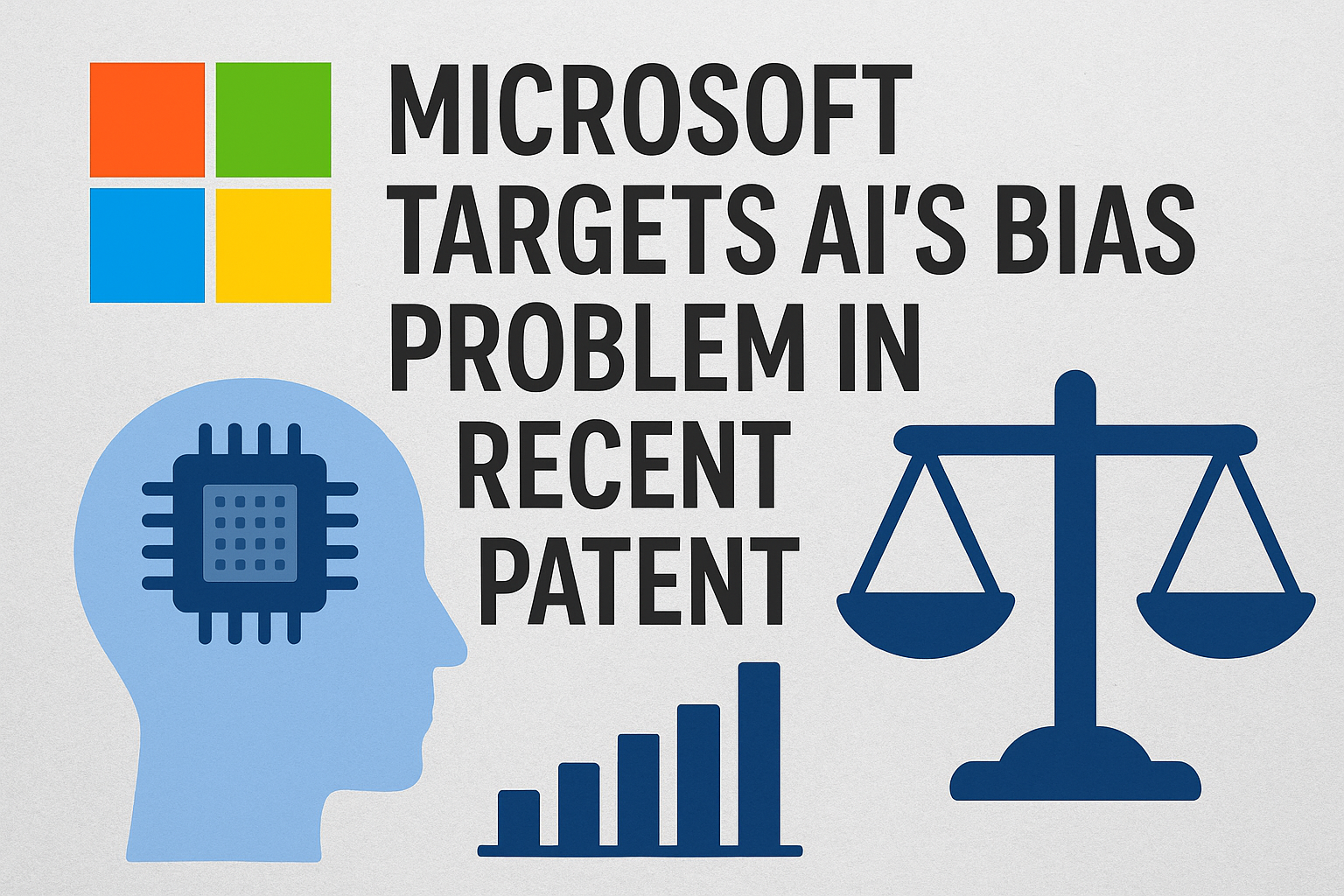Microsoft has taken a major step to address one of artificial intelligence’s biggest challenges—bias. The tech giant recently filed a patent that outlines a system designed to deliver fairer and more relevant results across its platforms.
The patent focuses on building a ranking engine that reduces skewed outputs. It targets AI-driven services such as Bing and Microsoft Copilot, where users rely heavily on search rankings and recommendations. By rethinking how algorithms prioritize results, Microsoft aims to limit bias and strengthen trust in its AI tools.
Why Bias Matters in AI
AI bias has long been a concern for researchers, regulators, and users. Search engines and recommendation systems often mirror existing inequalities in data. This can lead to unfair outcomes, distorted information, or reinforcement of stereotypes.
For Microsoft, solving this problem is not only about user trust. It is also a competitive advantage in a market where AI ethics is becoming a core differentiator. Rival companies like Google, OpenAI, and Anthropic are also working on fairness and transparency. Microsoft’s patent shows it wants to stay ahead in this race.
Inside the Patent
The system described in Microsoft’s filing goes beyond standard ranking models. It introduces methods to evaluate and adjust results based on fairness criteria. The patent suggests algorithms can balance accuracy with equitable distribution of information.
While the filing does not reveal every detail, it points to a flexible framework. The technology can adapt to different contexts—whether a user is searching the web, asking Copilot a question, or using enterprise AI tools.
The patent also emphasizes user relevance. It seeks to ensure that results are not only unbiased but also meaningful. This balance between fairness and utility is critical. Users want accurate answers without hidden distortions, but they also expect results tailored to their needs.
Microsoft’s Broader AI Strategy
The move fits neatly into Microsoft’s larger push for responsible AI. The company has already published principles on fairness, accountability, transparency, and safety. Its Responsible AI Standard guides teams on how to design and deploy ethical systems.
This new patent strengthens that framework by embedding fairness directly into technical design. Instead of treating bias as an afterthought, Microsoft is building solutions at the core of its AI infrastructure.
The company has also been proactive in collaborating with policymakers. Earlier this year, it called for global AI regulations that prioritize safety and human rights. By securing patents in this area, Microsoft positions itself as both a technological and ethical leader.
Industry Implications
AI bias is more than a research problem—it is a business issue. Companies that fail to address it risk regulatory penalties, lawsuits, and reputational damage. In Europe, the upcoming AI Act will require transparency and fairness checks for high-risk systems. In the U.S., federal agencies are already reviewing algorithms for potential discrimination.
Microsoft’s patent signals that the company is preparing for this regulatory landscape. It shows investors and customers that the firm takes compliance and trust seriously.
Competitors are likely to follow with their own patents and technical safeguards. The race to build “fair AI” could spark new innovation across the industry. For users, this means better protections and more reliable results.
Looking Ahead
The patent itself is not a finished product. It represents potential technology that may or may not reach commercial rollout. However, it highlights Microsoft’s long-term direction.
As AI tools become deeply embedded in daily life, from search engines to workplace assistants, fairness will remain a key demand. Microsoft’s patent suggests the company wants to meet that demand head-on.
By embedding fairness into its algorithms, Microsoft is not just solving a technical problem. It is building a foundation for the next generation of AI—systems that users can trust to be accurate, relevant, and equitable.

